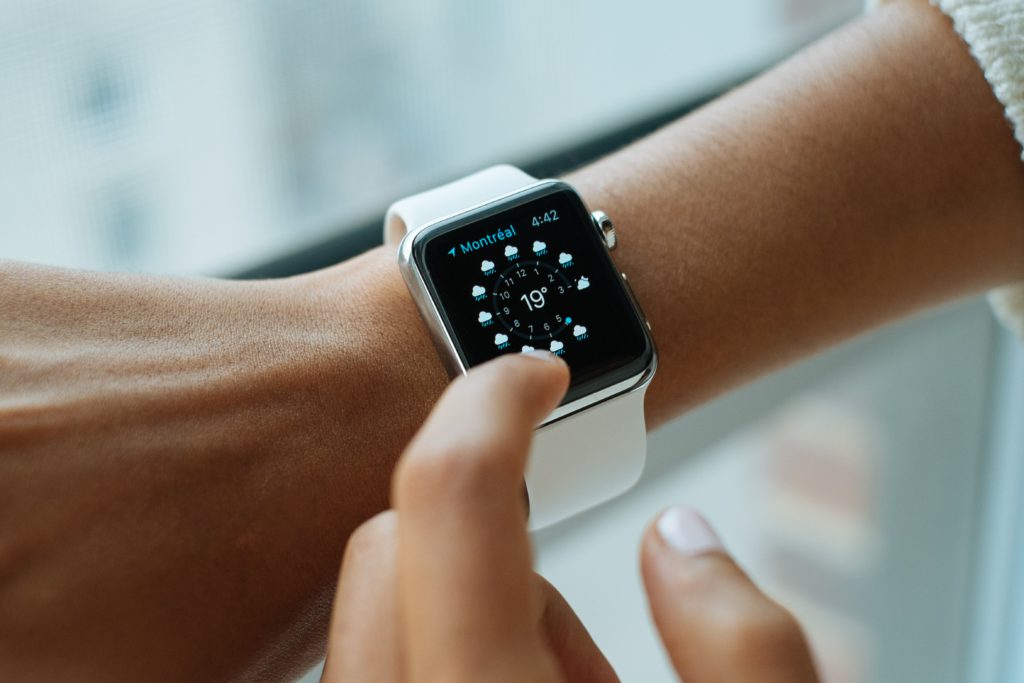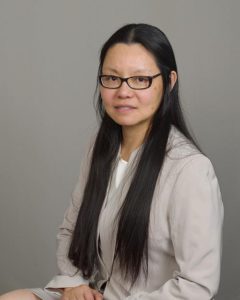
A multi-institution team led by faculty of the University of Arizona School of Engineering has received a $3 million grant to dramatically transform the healthcare system as we know it.

The effort is led by Janet Roveda, UArizona electrical and computer engineering professor who has done research in a number of areas and is also a leader in biomedical engineering. The group’s goal is to develop a way to get high-quality, more affordable remote healthcare to more people — especially those in rural areas.

It’s a goal institutions have been chasing for years, but Roveda and her team believe they really might be able to achieve it.
Roveda said in an interview that she wants to be able to influence major change in the healthcare industry. Ultimately, she said, the team hopes to address, if not solve, the industry’s biggest problems. Not only that, but Roveda’s concerned that some of the best technology ends up in the entertainment industry.
Kathleen Melde, professor of electrical and computer engineering and associate dean of faculty affairs and inclusion for the College of Engineering, agrees with Roveda and has seen the need for better remote care for her aging mother.
“It is her Mount Everest to get in the car and go to the doctor,” said Melde.
In addition to Roveda, Melde and other researchers from UArizona, the team is also made up of researchers from Baylor College of Medicine in Houston, the University of Southern California and the California Institute of Technology. Roveda said the team formed organically out of existing relationships and a shared passion for making a difference.
What’s the plan?
The team plans to utilize health data collected by wearable devices, like Fitbit and Apple Watch, to better prevent, predict and treat a variety of illnesses. They also anticipate developing new devices so subtle the wearer forgets they’re wearing one. Roveda sees potential for wearable devices to become prescriptions, just like medication.
According to UArizona, the wearable technology market is valued at $116.2 billion, and is projected to reach $265.4 billion by 2026. Some of these devices gather not only information like calories burned and steps taken, but heart rate, blood pressure and sleeping patterns. This information could be key to improving healthcare, especially remote healthcare.
Remote care has been becoming more and more popular, and it became almost essential during the pandemic.
“COVID-19 has disrupted best practices for preventing disease-related complications. In response, many health care providers are reengineering their pathways to promote care in place,” C2SHIP co-director Dr. Bijan Najafi said in a statement. He directs the center’s Baylor College of Medicine site and also serves as a professor in Baylor’s Michael E. DeBakey Department of Surgery and director of clinical research in the vascular surgery division.
Roveda saw the benefits of providing health care in place when her father was treated remotely for his heart condition.
“They wanted to make sure the new medication was regulating his blood pressure, so the device was continuously sending data to the clinic,” she said. “There were a couple of days that he didn’t want to wear it, and he got a call from the doctor checking on him. I see huge potential in a device like that. Our vision is that, someday, you could go to CVS and pick up, not just a medication, but also a home care-based instrument to gather data about your health.”
Though Roveda and her team know what needs to be done, the execution is going to be complicated. It’s going to require smart people with different experiences from a number of industries.
Above all, the data needs to be of the highest quality and comply with the healthcare industry’s strict standards. Data from the wearable devices are continuously collected from users, but because they haven’t been validated at a clinical level, the data aren’t necessarily usable for medical professionals.
“We have to make it reliable, private and meaningful,” Roveda said.
To do this, the team is building a database that draws on decades of medical research and data from wearable devices to help clinicians make treatment plans and diagnoses. Roveda describes this strategy as converting thousands of research articles into wearable devices that will allow clinicians to improve remote care practices.
“A very special center”
Each university partner has its own areas of expertise, like diabetes and human motion to cardiovascular health to data-centric systems. But they needed more than just researchers, scientists and engineers. There had to be a way to include business leaders who could benefit from the data. In 2018, they found one.
That’s the year the group officially founded the Center to Stream Healthcare in Place, or C2SHIP, which was first selected as a National Science Foundation (NSF) Industry-University Cooperative Research Center, or IUCRC.
C2SHIP received $15,000 in startup funding and then recently received a continuing NSF grant of $3 million, with $1.125 million earmarked for UArizona.
Being selected as an IUCRC not only meant that they would receive money from NSF, but they would also have a strategy to partner with all kinds of companies.
Melde from UArizona calls the IUCRC “a very special center” because of the unique way in which it was designed to work.
Part of the group’s agreement with the NSF is that it must match the grant amount by way of inviting companies to become “members” of the center. These companies pay an annual membership fee, which then contributes to the match amount. The membership fee amount wasn’t disclosed.
In return, member companies get special access to the research data, as well as the center’s intellectual property and patents. This symbiotic relationship is intended to build bridges between academia and industry.
Each university partner has established relationships with companies ranging from startups to tech giants. They also intend to invite more university partners and recruit students from diverse and underrepresented backgrounds.
According to Roveda, there are currently at least 22 companies interested in the center, including device companies, app companies and service companies. The center even has members from insurance companies. Roveda also noted that a couple of Arizona companies and organizations will be signing the membership agreement this week, though she didn’t mention which ones.
Melde said the project is set to last at least five years, but she believes it will likely last 10 years, if not longer.
“This is going to be a long relationship that will be good for everyone, from researchers to scientists to doctors to business leaders,” said Melde.
Hopefully it’s the patients who benefit the most.
